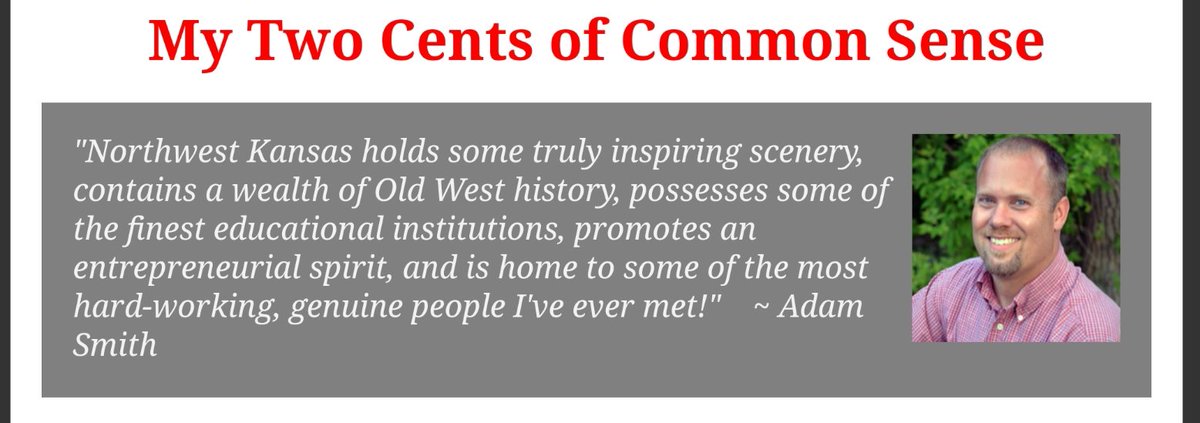4. To constitute a claim under the FCA (31 USC 3729(b)(2)(A)), a request for money must be presented to either i) an “officer, employee, or agent” of the US, OR ii) to a “contractor, grantee, or other recipient” 4/n
Keep Current with Rohan Grey
This Thread may be Removed Anytime!
Twitter may remove this content at anytime, convert it as a PDF, save and print for later use!

1) Follow Thread Reader App on Twitter so you can easily mention us!
2) Go to a Twitter thread (series of Tweets by the same owner) and mention us with a keyword "unroll"
@threadreaderapp unroll
You can practice here first or read more on our help page!




